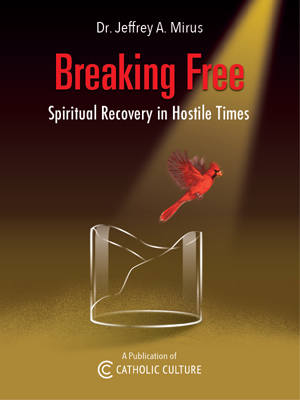Vatican newspaper analyzes divisions in United States over immigration
June 12, 2025
In a two-article series in its June 11 edition, the Vatican newspaper analyzed the divisions in American society over immigration.
In “Violato il coprifuoco, almeno 400 arresti a Los Angeles“ [Curfew violated, at least 400 arrests in Los Angeles], Lorenzo Castellani, a professor at Luiss University in Rome, discussed how “the immigration issue is once again shaking the United States of America.” After reporting on the recent protests in Los Angeles and President Trump’s campaign promises on immigration, Castellani wrote that “against a backdrop of tear gas, rubber bullets, and batons, a second aspect of the Los Angeles protests emerges: the typical traits of bipartisan violence that neither the California government nor the White House are fully able to control.”
“Trump’s response is part of a strategy already seen in the past, where security—a central theme in the contemporary era—is placed at the forefront even at the cost of pushing the limits of presidential authority and collaboration between the federal government and the states,” Castellani continued. “The use of the National Guard without the consent of local authorities had not occurred since 1965, marking a significant precedent for the relationship between politics and the use of force. Faced with a complex situation, it is understandable that the federal government wants to ensure compliance with the law. However, the choice to respond with military force risks fueling polarization.”
Castellani concluded:
The Los Angeles crisis thus becomes the reflection of a deep fracture in the country, a sign of unease and deep divisions within American society that assume the dangerous contours of violence and force. If in fact Trump’s political struggle in the government, in the judicial system and in universities is carried out through decrees, appointments and funds, in terms of immigration this struggle takes on the characteristics of a clash in the streets. Which concerns everything and everyone. It is a dynamic much more dangerous and difficult to control.
In the second article, “Perché lavoro e migrazione dividono così tanto gli Usa“ [Why work and migration divide the USA so much], David Lapp of Braver Angels and Amber Lapp of the Institute for Family Studies wrote that “the events in Los Angeles are once again turning the spotlight on three typical factors of American politics and society: the relationship between the central administration and the individual federal states, the use of powers—including military powers—by the presidency, [and] the social divide generated by the issue of migration and work. The last is undoubtedly the most central issue and the real issue to focus on in order to understand the internal divisions of our country.”
The Lapps explained that “the immigration issue—in America as elsewhere—touches a raw nerve: that of work. Those who arrive in the United States often accept grueling and poorly paid jobs. But those who are already on the margins fear being replaced.”
In summarizing a roundtable discussion that brought together progressives and conservatives, the Lapps recalled the words of a bricklayer who discussed the transformation of his industry over the past five decades:
“The first houses I built, in 1975, were made by unionized carpenters. Minimum wage. They had all the benefits.” Today, he says, “I see crews starting at 7 in the morning and working until 7 at night, six days a week,” often violating safety regulations ... “I’m not against migrants, but against companies that use them to lower wages.”
The “real problem,” the Lapps concluded, is
mutual suspicion, ignorance fueled by distance. And perhaps also politics, which often exploits these divisions instead of healing them. The dignity of the worker, it has been said, must not go against that of the migrant. The two causes, ultimately, are the same. Because what is at stake is not just a salary or a residence permit, but the type of society we want to build and, finally, the challenge of challenges: whether America is still capable of recognizing itself. Yes, immigration is still the most divisive issue in the United States of America.
For all current news, visit our News home page.
Further information:
- Violato il coprifuoco, almeno 400 arresti a Los Angeles (L'Osservatore Romano)
- Perché lavoro e migrazione dividono così tanto gli Usa (L'Osservatore Romano)
All comments are moderated. To lighten our editing burden, only current donors are allowed to Sound Off. If you are a current donor, log in to see the comment form; otherwise please support our work, and Sound Off!







